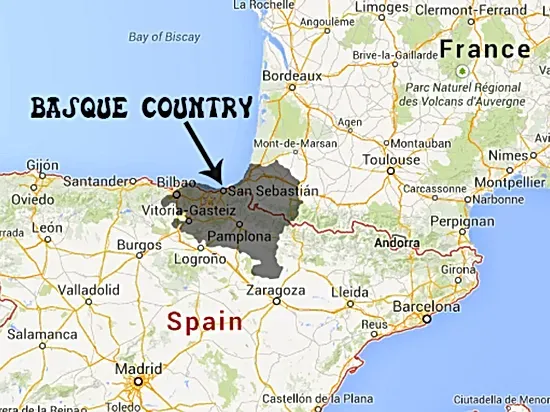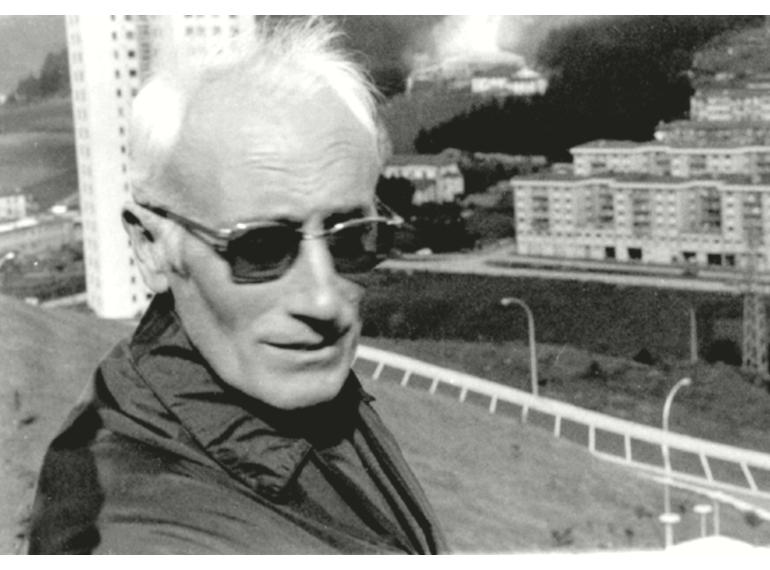The Mondragon Corporation

Employee Ownership as Strategy
Basque Country is an Autonomous Community and zone located in northern Spain. This is a historically significant region for many reasons, not least of which is the Basque people, a very distinct and ancient ethnicity and culture that differs form the Indo-European peoples that surround them. For our purposes here, we bring it up to share about a specific priest that moved there following the Spanish civil war and a powerful business and business model that has developed since then.

In 1941, Father José María Arizmendiarrieta moved to the region. He saw it as his vocation to go far beyond sermons and traditional church activities. His first priority was education and he started a vocational school in 1943. After some success in training up and graduating many students, he teamed up with some former students to start a business in 1956.
He insisted that any enterprise they undertook had to promote and embody the values of Catholic social teaching.
Among the values he and his 5 co-founders aimed to bake into the very structure of the enterprise itself were:
- Human dignity, basic fairness
- Mutual responsibility
- Individual accountability
- Hard work
- Community and shared rewards
The Mondragon Corporation started with 5 founders and 25 workers. They established the business as a workers cooperative. The Cooperative is employee owned rather that user owned like many credit unions, food co-ops, or other such co-ops we might be familiar with. They now have more than 130 enterprises (and +160 subsidiaries & affiliates) in the areas of manufacturing, finance, retail, and knowledge. They now have a workforce of more than 81k and have over $19 Billion in annual revenue.
Mondragon is committed to democratic governance and widespread participation, with a clear understanding and respect for goals and expertise. They distribute profits to all worker members which has established an ownership culture. Members have real ownership in the enterprise which makes for an available and accountable community. They work hard to balance ownership rights and responsibilities among the corporate structure.
Speaking of structure, there is a hierarchy. It's functional and nobody is as concerned with hierarchy as much as how it works. People want to know if a hierarchy is steep, rigid, bureaucratic, authoritarian or flat, open, transparent, participatory, and communicative. Also, in a worker owned cooperative, the 'bottom' of the organizational structure are also at the top as the entire enterprise answers to and is governed by the general assembly of all worker/owners.
This business model and the success of this particular corporation is a testament to what is possible when a small group of citizens commit to their convictions and build together. We hope you take some inspiration from this vignette of Mondragon and it's humble, yet powerful beginnings.
Until next time, be pedestrian.
